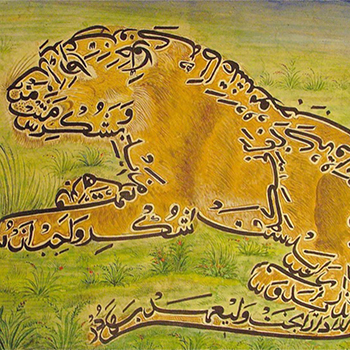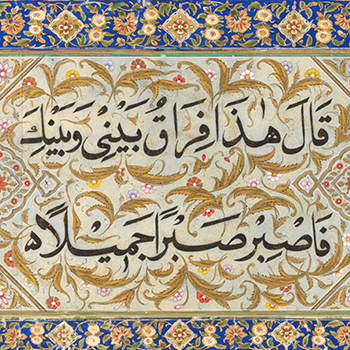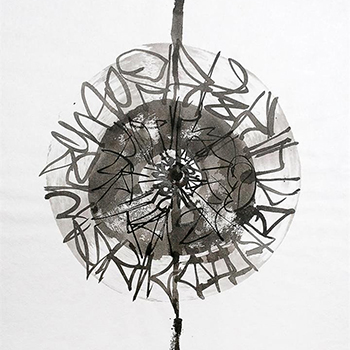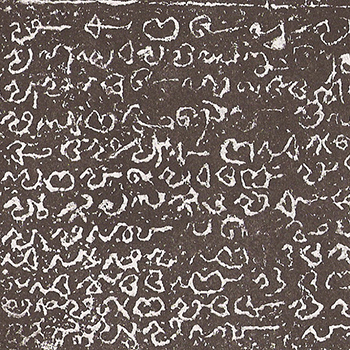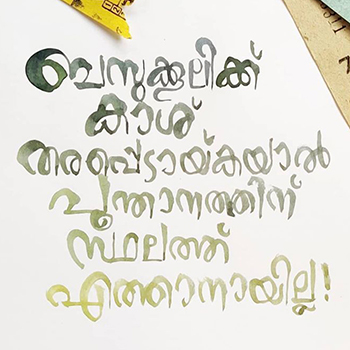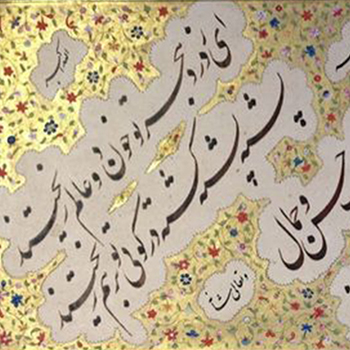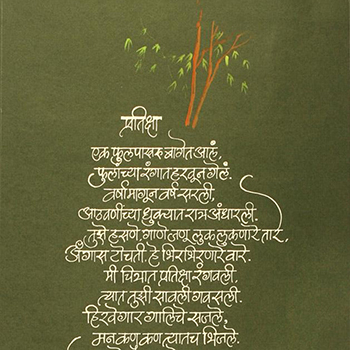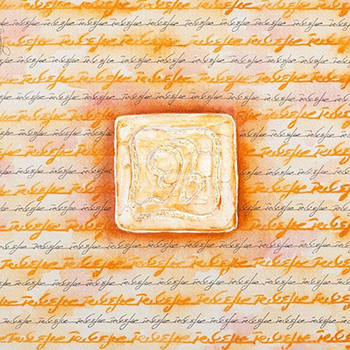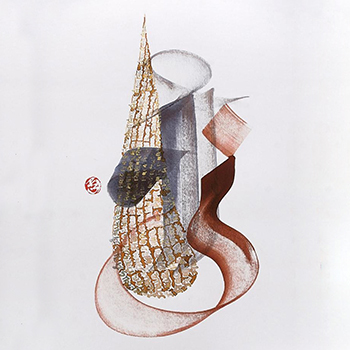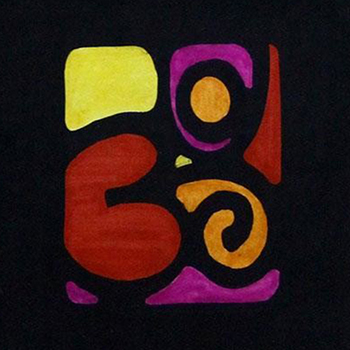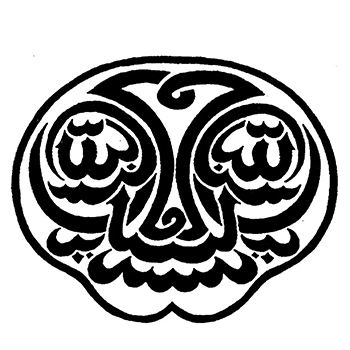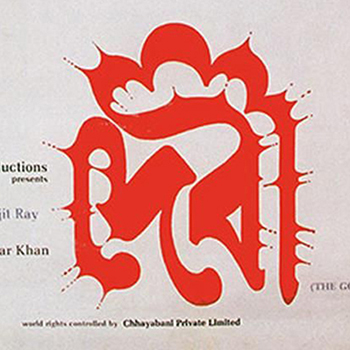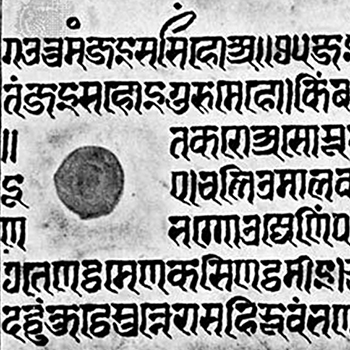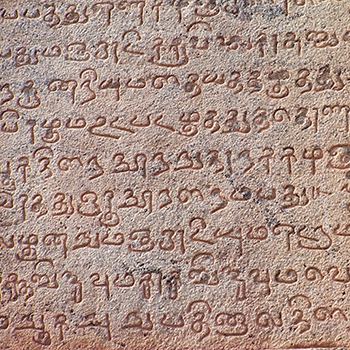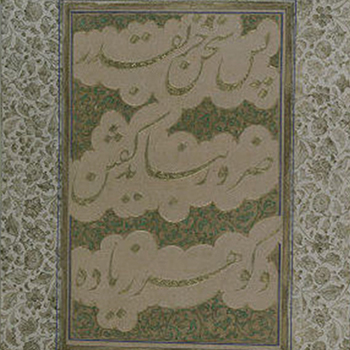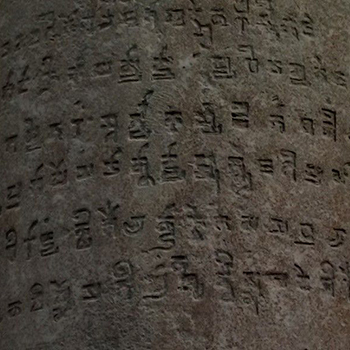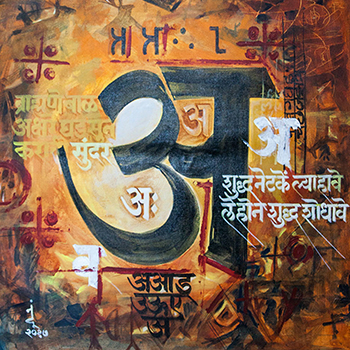Nasta 'liq is one of the styles of Islamic calligraphy that was developed on Persian grounds by Persian calligraphers. Many scholars think that the characteristics of the two previous scripts, Naskh and Ta'liq—where Ta'liq means "hanging"—formed the basis of this style. According to some scholars, nasta 'liq, also known as naskh ta 'liq, is essentially a hanging form of naskh. This script originated in Persia and was written in two styles: Eastern and Western. The Western style was less graceful than the earlier and was finally ignored in Persia because of its sharper appearance, unusually long elongations, and poorly proportioned dimensions. The Eastern style, perfected over the course of centuries, is the style that is currently in use today.
Category: Evolution of Calligraphy in India
Period: (1600-1699) Pre Industrialisation
References: https://commons.wikimedia.org/wiki/File:A_calligraphy_piece_by_Dara_Shukoh.jpg

